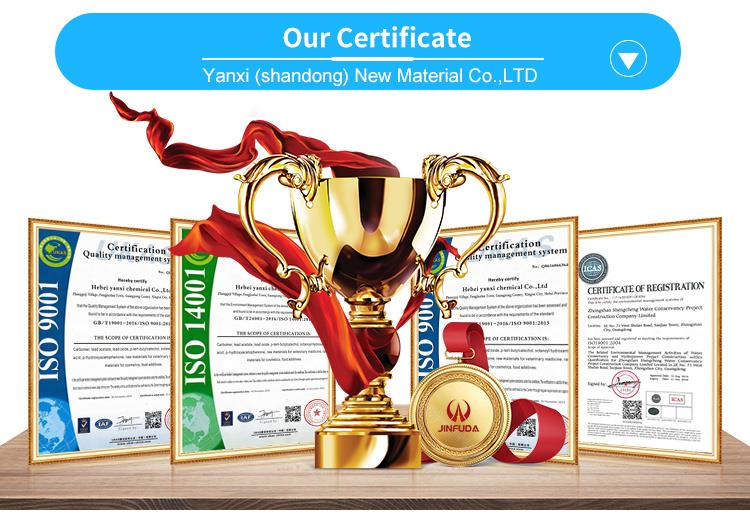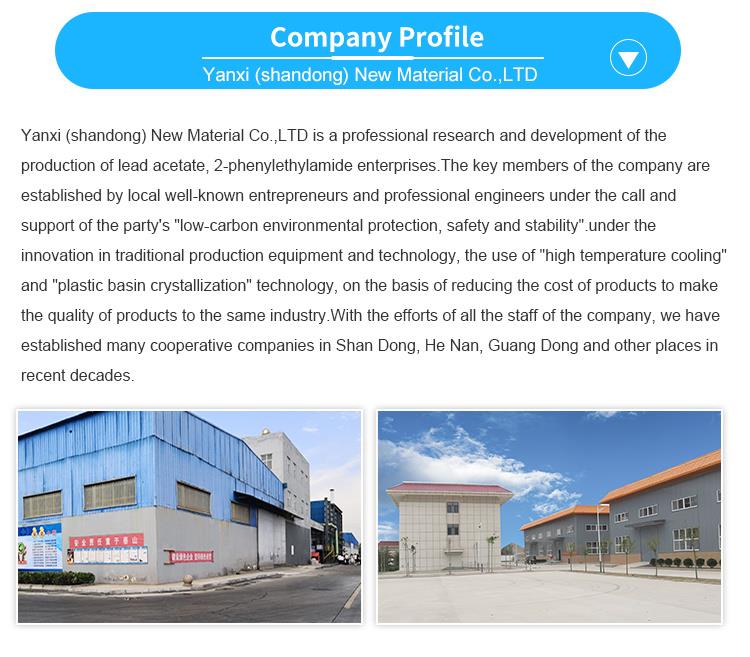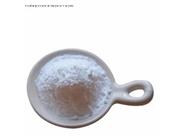English name: 4-Methylanisole
CAS number: 104-93-8
Molecular formula: C8H10O
Molecular weight: 122.16
EINECS number: 203-253-7
MDL No. : MFCD00008413
Stats
Melting point -32°C
Boiling point 174 °C(lit.)
Density 0.969 g/mL at 25 °C(lit.)
Vapor pressure 5.25 mm Hg (50 °C)
FEMA2681 | P-METHYLANISOLE
Refractive index n20/D 1.511(lit.)
Flash point 128 °F
Storage conditions Sealed in dry,Room Temperature
Chloroform (Soluble), Ethyl Acetate (Slightly) Chloroform (soluble), ethyl acetate (slightly)
Liquid form
Clear colorless to slightly yellow
Odor at 1.00 % in dipropylene glycol. naphthyl cresol ylang powdery nutty
The Odor Threshold was 0.0012ppm
Fragrant naphthyl
explosive limit 1.1-8.3%(V)
Water is slightly soluble
Maximum wavelength (λmax)279nm(MeOH)(lit.)
JECFA Number1243
BRN1237336
Stable. Incompatible with strong oxidizing agents. Combustible.
LogP2.74-2.8 at 25-35℃
Safety information
hazard symbol (GHS)GHS hazard pictogramsGHS hazard pictogramsGHS Hazard pictogramgrams
GHS02,GHS07,GHS08
Warning word
Hazard Description H226-H302-H315-H361-H412
Precautions P202-P210-P273-P301+P312-P303+P361+P353-P308+P313
Dangerous goods mark Xn
Hazard category code 22-38-10-52/53-63
Safety Note 36/37-16-61
Dangerous Goods Transport Code UN 1993 3/PG 3
WGK Germany1
RTECS number BZ8780000
TSCAYes
Danger level 3
Packaging Category III
Customs Code 29093090
Toxicity The acute oral LD50 in rats was reported as 1.92 (1.51-2.45) g/kg (Hart, 1971). The acute dermal LD50 in rabbits was reported as > 5 g/kg (Hart, 1971).






 China
China




